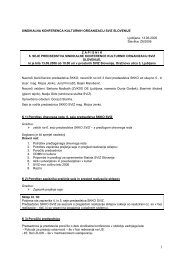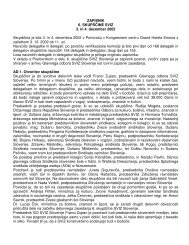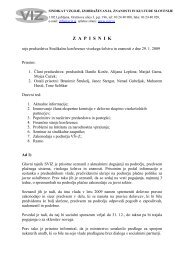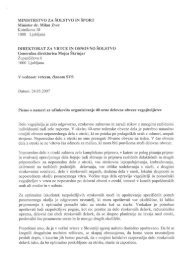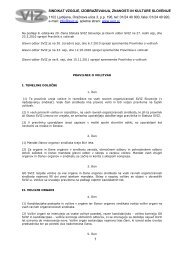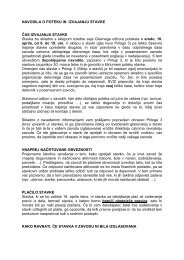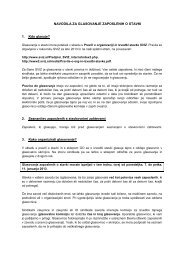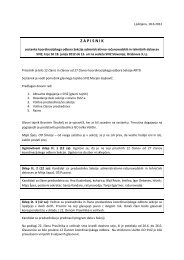Create successful ePaper yourself
Turn your PDF publications into a flip-book with our unique Google optimized e-Paper software.
Listeners and musicologists are always kept busy by the question of the<br />
relationship between an artist’s inner life and the content of his or her art.<br />
In this regard, many commentators arrive at completely opposing convictions:<br />
some believe that the artist can only extract the material for his or her<br />
artworks from personal experience, while others are of the opinion that there<br />
is no genuine link between the two and that the artist is bound primarily by<br />
the laws of his or her craft and material.<br />
Similar questions are posed by of both of Brahms’s string sextets, which seem<br />
to be marked to a large extent by the composer’s relationship to women.<br />
Today, we know that Brahms’s main muse was Clara Schumann, especially<br />
after the death of her husband, the great composer Robert Schumann, who<br />
was also an ardent supporter of the young Brahms. However, the lives of<br />
Clara and Johannes never actually came together. Similarly, Brahms never<br />
found the path to Agatha Siebold, with whom he was actually on the brink of<br />
marriage at one point. If we are to believe the sincerity of his letters it would<br />
seem that at the last moment the composer took fright at a loss of freedom.<br />
Brahms wrote to Agatha: “I love you! I must see you again, but I cannot wear<br />
fetters! Write if I may return, to hold you, to kiss you, to tell you that I love<br />
you.” Agatha rejected him and the relationship was broken off. Brahms later<br />
regretted his actions, writing: “I behaved like a scoundrel towards Agatha.”<br />
However, he only underwent a genuine catharsis on composing the Second<br />
String Sextet, saying that the work “redeemed him from the last love”.<br />
It is not a case, however, of simply seeking the connection between the love<br />
story and the music in the prevailing gentle atmosphere of the work, which is<br />
in places even reminiscent of the music of Schubert, a composer Brahms was<br />
studying a great deal during this period. The link should instead be sought<br />
in the thematic material, which is conceived as a kind of code for his love for<br />
Agatha. Thus at the end of the first theme we find a short musical idea made<br />
up of the tones a-g-a-b(‘h’ in German)-e, in which we can see the spelling of<br />
Agatha’s name (without the letter ‘t’). This idea is counterpointed with the<br />
short melodic fragment a-d-e. With the aid of this sequence of tones Brahms<br />
tells us: “Agatha ade!”, or “Farewell Agatha!”. This short motto becomes a key<br />
structural element in the composition, as it marks not only the first movement<br />
but can also be found in the second slow movement. It seems, however, that<br />
Brahms gives the relationship between the tones of this Agatha motive priority<br />
over the human relationship – perhaps this is why he was never capable<br />
of a real love affair.<br />
The first movement of the sextet, which gains most of its substance from long<br />
melodies, derives from a somewhat mysterious theme that is harmonically<br />
coloured with shifts to the sphere of the mediant. It is precisely these shifts that<br />
give a special charm to the distant modulations in the development, where<br />
the harmonic scheme gains priority over the melodic. The second movement<br />
is designed as a scherzo with undertones of a ballad, while the trio shifts to<br />
a more vivacious and rural ländler. The slow movement, planned as a series<br />
of variations, again draws its motivic content from the Agatha motto. The<br />
PROGRAM / PROGRAM<br />
63




